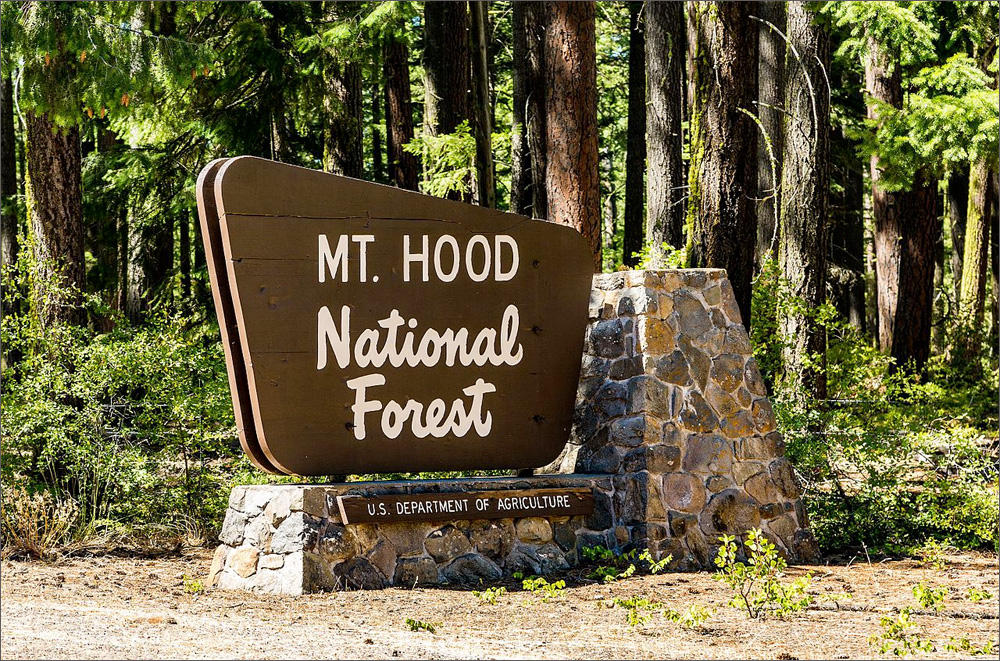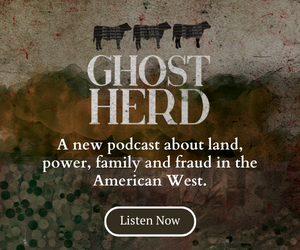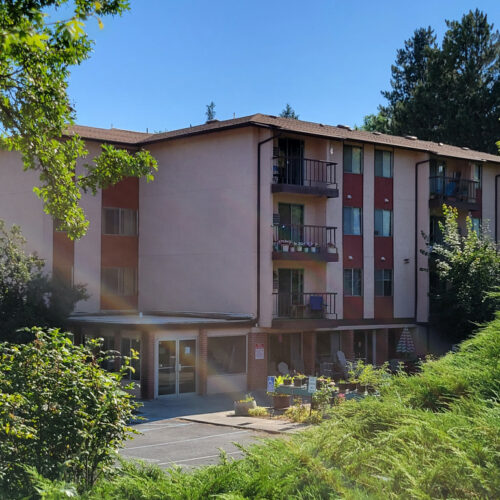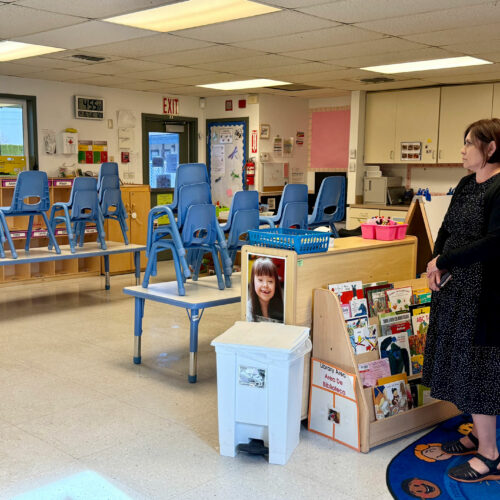
Visitors And Spending In National Forests In Washington And Oregon Flat Over 20 Years
Listen
A report out last month says visitors spent nearly $740 million in communities near U.S. Forest Service lands in Washington and Oregon. The number of visitors and dollars coming into the region hasn’t changed much in nearly two decades.
In the Northwest, playing outside is still a moneymaker. According to the U.S. Forest Service, national forest lands support more than 2,000 year-long jobs in Washington and close to 4,000 in Oregon. Many of those jobs are in rural communities.
These numbers haven’t changed much since 2013, when the Forest Service last looked at similar data. According to the study, stability in visitor spending likely traces to “steadily declining unemployment, increased consumer confidence and very low inflation over the last eight years.”
According to a report last year from the Outdoor Industry Association, outdoor recreation generates more than $3 billion in state and local tax revenue in the Northwest.
Between 2010 and 2015, visitors come to national forests for recreation in Oregon and Washington more than 15 million times each year. In Washington, they spent more than $290 million dollars annually. In Oregon, they spent even more: $448 million.
The most recent study is an update to one published in 2013, that utilized data collected between 2005 and 2009.
Copyright 2018 Northwest News Network
Related Stories:
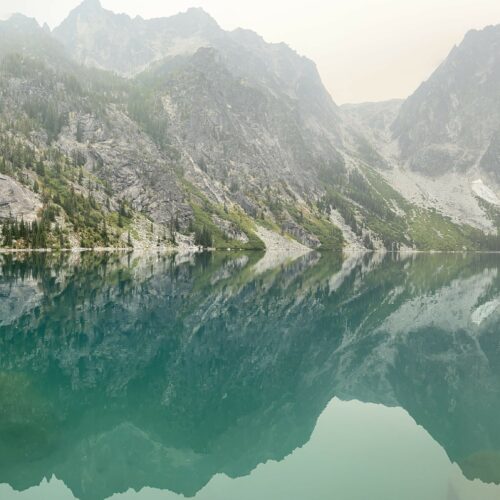
Trash piling up, wildfires too big to fight: What wild lands might look like without workers
Mountain peaks are reflected in the waters of Lake Colchuk, located in the Alpine Lakes Wilderness Area. Smoke from a nearby wildfire hangs in the air. (Credit: Theresa Rivers) Listen
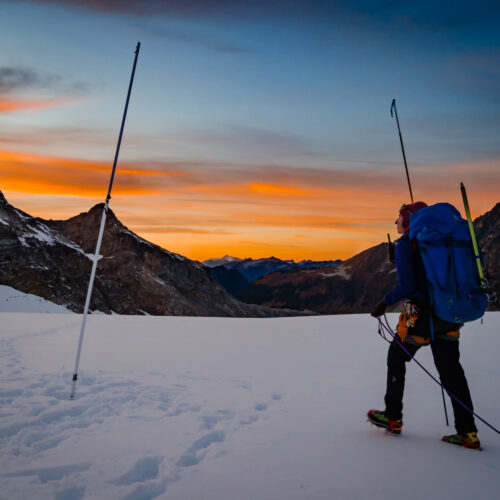
Spring snowpack levels in North Idaho lowest in 40 years
Erin Whorton, a hydrologist for the Natural Resources Conservation Service, measures snow on South Cascade Glacier in Washington. (Credit: Erin Whorton / NRCS) Listen (Runtime :58) Read The snowpack in
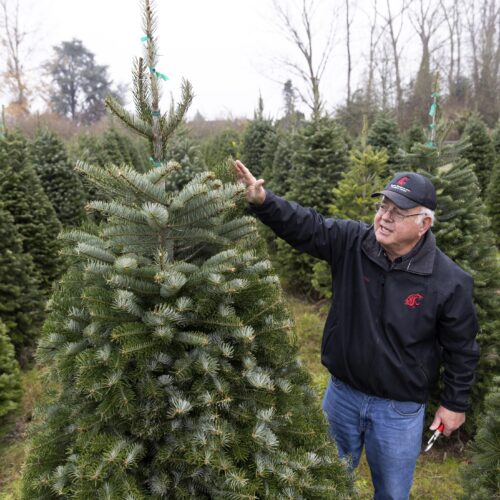
“Dr. Christmas Tree” working to prevent disease in Northwest conifer trees
Gary Chastagner, a Washington State University professor called “Dr. Christmas Tree” shows an example of a less-desirable tree due to fewer top branches, grown in a small plantation of Turkish

